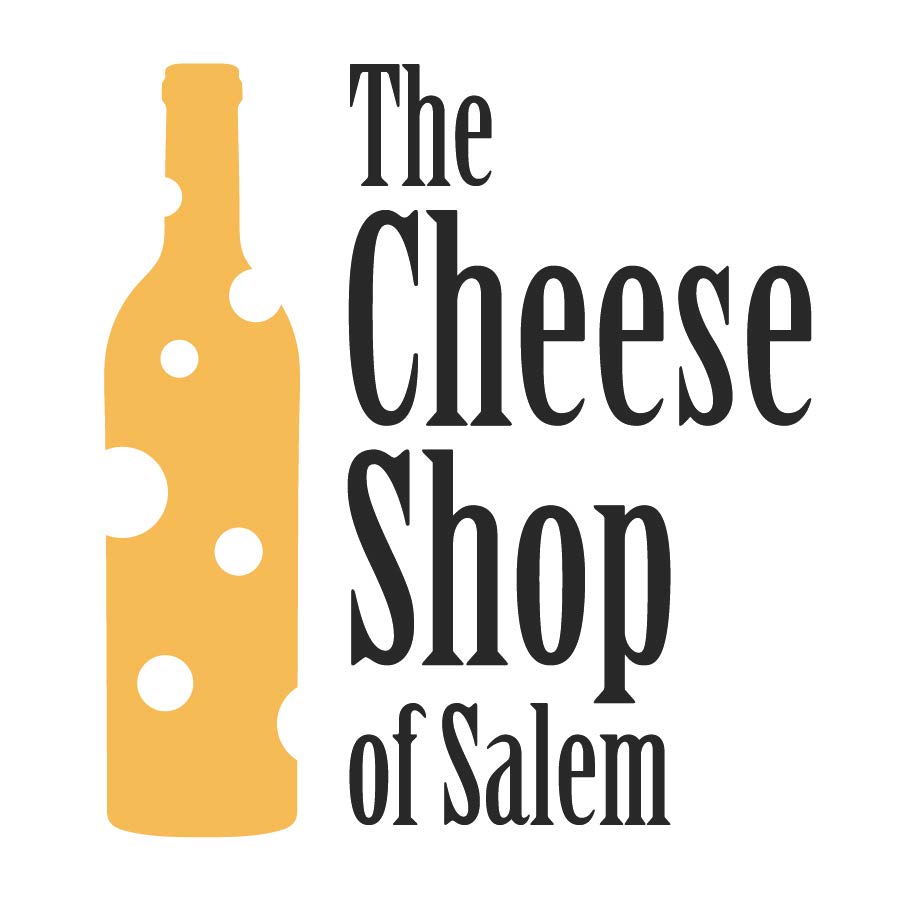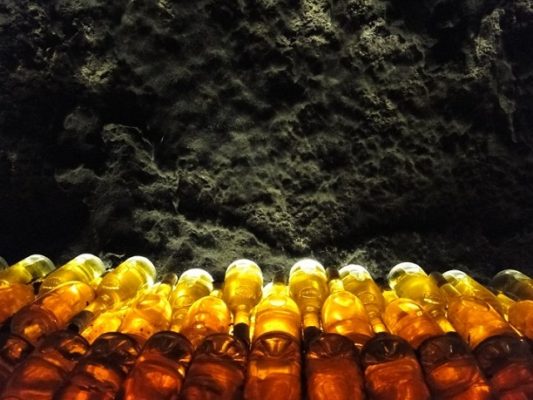Hungry for Hungary
Free tasting | Saturday, September 7, 2019 | 4-6PM
Let’s dive into wine from the country of Hungary, why don’t we? But before a sip, let’s brush up a bit on Hungary’s history. The country name of Hungary derives comes from the Huns who used to dwell on its land thousands of years ago. Hungary is one of the oldest countries in Europe; it was founded in 897, which was even before France and Germany became separate countries!
An important tidbit to remember when grasping the history of this intriguing country is that modern day Hungary is nothing like historic Hungary. It’s smack dab in the middle of Eastern Europe, slightly larger than the country of Scotland, and is surrounded by Slovakia, Ukraine, Romania, Croatia, Serbia, Slovenia, and Austria. But from 1867 through the end of World War I, Hungary was one of the most powerful forces in the Austro-Hungarian Empire and was the 2nd largest country in Europe!
But let’s rewind a bit. Back in the 9th century, an ancient tribe called the Magyars of the Ural Mountains discovered vineyards and viticulture traditions that had already been set up by the Romans. What a pleasant surprise that must have been! Hungary is a beautiful country with grassy plains and is actually on the same latitude as Burgundy so it’s no surprise that the Magyars found thriving that the Romans had previously nurtured. The Magyars continued winemaking but brought with them a permanent part of Hungarian culture: their language. If staring at a label of Hungarian wine induces head scratching, here’s why – Hungarian is from the Uralic language family. Pronouncing Hungarian words is like trying to speak with your mouth full of grapes so major props to anyone who speaks Hungarian! Turkish, Greek, and Hungarian are the only European languages whose words for wine isn’t derived from Latin – btw the Hungarian word for wine is bor.
Hungary didn’t make a splash on the international wine scene until the 17th century thanks to the mythical Tokaji wine. Tokaji is a place (Tokaji-Hegyalja formally) and about 120 miles from the capital of Hungary, Budapest. It’s about 1/3 the size of Napa Valley (6,070 hectares) and is notable for producing unbelievably sweet and delicious dessert wine. Tokaji produces both dry and sweet wines, but as Willy Wonka would tell you, sweet things change history.
Tokaji Aszú is sometimes referred to as “the Sauternes of eastern Europe” but that’s a wad of cork, because Tokaji was where the world’s first sweet, botrytized wines were made – not France! It’s made from a blend of grapes including Furmint and Hárslevelű which, lucky for us, are susceptible to noble rot a.k.a. botrytis. If you don’t have a favorite fungus yet botrytis is going to shoot to the top of your list! In a nutshell, botrytis (or noble rot) only occurs under super specific weather conditions like warm, humid autumns and when this fungus invades a grape it causes the grape to shrivel up and the water to evaporate, leaving the acid and sugars more evaporated. Botrytis hits vineyards super sporadically, so even if four bunches of berries have botrytis, the rest of the grapes in the same row might not be infected with that wonderful fungus. On top of all of that, botrytis, infected grapes are super delicate and can only be picked by individual berry while wearing gloves!
Grape evolution with Botrytis a.k.a. Noble Rot.
Honey, ginger, tangerine and marzipan are all common notes in Tokaji; when you have one you purr like a cat, sting like a bee, or shred like a shark, and royalty agreed too. The first system for ranking wine on the basis of quality was developed in Tokaji in the 1600’s and the very best plots of land were designated First, Second, or Third Class. By law these plots of land and winemaking practices were all intensely regulated. These strict practices paid off; Tokaj gained a worldwide reputation as a near religious experience and one fit for royalty. Louis XV’s court served Tokaji to Madam Pompadour, Napoleon bought over 40 barrels a year, and Emperor Franz Joseph(the King of Hungary) sent a bottle of Tokaji to Queen Victoria for every month she had lived for birthdays. That means on her final 81st birthday she was gifted 972 bottles! The Austro-Hungarian Empire and at the height of its power during this Tokaji craze. Coincidence? Perhaps.
Late Harvest Tokaji = Nectar of the Gods!
Rough times were ahead for the Hungarian wine scene, and Hungary in general, in the 20th century. Firstly, their vineyards suffered from phylloxera and then they were decimated from World War I. At the finale of World War I the Austro-Hungarian Empire was broken up and from 1949-1989 Hungary was under Communist rule. Under Communism, wineries and vineyards were seized by the state and nationalized, traditions were put aside in favor of cheaper methods, and the quality of vineyards suffered. By the 1980’s the reputation of Hungarian winemaking was shattered.
In 1989 things shifted again when Hungary became a democratic republic. The government immediately invited western European winemakers and potential investors to Hungary to help restore Tokaji and other vineyards back to their former glory. By the mid-1990’s the wine industry was getting back on its feet!
Today Hungary ranks 15th in worldwide wine production! Overall, Tokaji only accounts for about 4% of wine production. Many Hungarian winemakers are currently focused on growing indigenous grapes like Kadarka and Furmint but are also planting familiar international grape varieties like Sauvignon Blanc and Cabernet Sauvignon. Hungary has 22 wine regions spread across the country with a combination of plains, forests, and mountainous terroir help produce a mixture of herbaceous whites and silky reds. Some of its regions are modern with machinery but others, like Somló, don’t even have paved roads or electricity!
So that’s Hungary’s wine history in a nutshell, or in a grape skin. It’s layered, complex, intriguing and bittersweet – come taste the organic Hungarian wines we’ll have opened on Saturday, including a very sweet, and very special, late harvest Tokaji.
Hungry for Hungary Line-up:
2016 Gál Tibor Egri Csillag
Who: Tibor Gál
What: Blend of Leányka, Királyleányka, Cserszegi fűszeres, Szürkebarát, Pinot blanc, Tramini, Sauvignon Blanc, Viognier, Zengő
Where: Eger, Hungary
How: This is fermented in stainless steel.
Farming Method: Organic practices
Fun Fact: The Rubik’s cube was created by a Hungarian professor of architecture named Ernő Rubik
Tasting Notes: Full bodied and dry with intriguing notes of banana, almonds, and Peach Iced Tea.
2016 Gál Tibor Egri Bikavér
Who: Tibor Gál
What: Blaufränkisch, Kadarka, Syrah, Cabernet Sauvignon, Cabernet Franc, and Merlot
Where: Eger, Hungary
How: This blend was macerated for 26 days before being aged in 220L Hungarian oak barrels for 18 months. Once bottled, the wine was aged for an additional 6 months before release.
Farming Method: Organic practices
Fun Fact: There’s a legend that dates back to the 1500’s of drinking “bull’s blood” in Hungary. The Magyars were attacked by the Turks and for some liquid courage the men, women, and children all drank copious amounts of red wine. When the Turks attacked, they found whole families’ mouths covered in dripping red liquid and immediately fled, assuming that the Magyars had strengthened themselves by drinking the blood of bulls.
Tasting Notes: A full-bodied deep blast of paprika, cherry, earthiness, and plummy notes.
2015 Árvay Tokaji Hárslevelű
Who: János Árvay'
What: 100% Hárslevelű
Quick and fun read on Hárslevelű.
Where: Tokaj, Hungary
How: Spontaneous fermentation in stainless steel with native yeasts.
Farming Method: Organic
Fun Fact: Hárslevelü means "linden tree leaf," and refers to the shape of the grape leaves of this Tokaj white wine grape.
Tasting Notes: Mineral driven notes of quince, dates, and lemon-lime.
2016 Árvay, Késői Late Harvest Furmint
Who: János Árvay'
What: 100% Furmint
Where: Tokaj, Hungary
How: Full bunches with botrytis rot were picked late in the season, crushed and fermented spontaneously with native yeasts. Stainless steel fermentation.
Farming Method: Organic (certified)
Fun Fact: Harry Houdini is Hungarian! And this Tokaji is HERE WE GO MAGIC.
What It Tastes Like: Bright and complex, with flavors like candied tangerine and cloves. Sugar 75 g/L.
2013 Heumann ‘Lagona’
Who: Evelyne and Erhard Heumann
What: Blend of Merlot, Cabernet Franc, Cabernet Sauvignon, and Kékfrankos
Where: Villány-Siklós
How: These grapes went through malolactic fermentation in steel tanks before being aged in Hungarian barriques for 22 months.
Farming Method: Organic methods
Fun Fact: When you’re pairing Hungarian wines, a near perfect spice pairing will always be the spice paprika, which is a culinary essential in Hungary!
Tasting Notes: Black pepper, tart cherries, and tannins galore. Need a robust red? Check!









